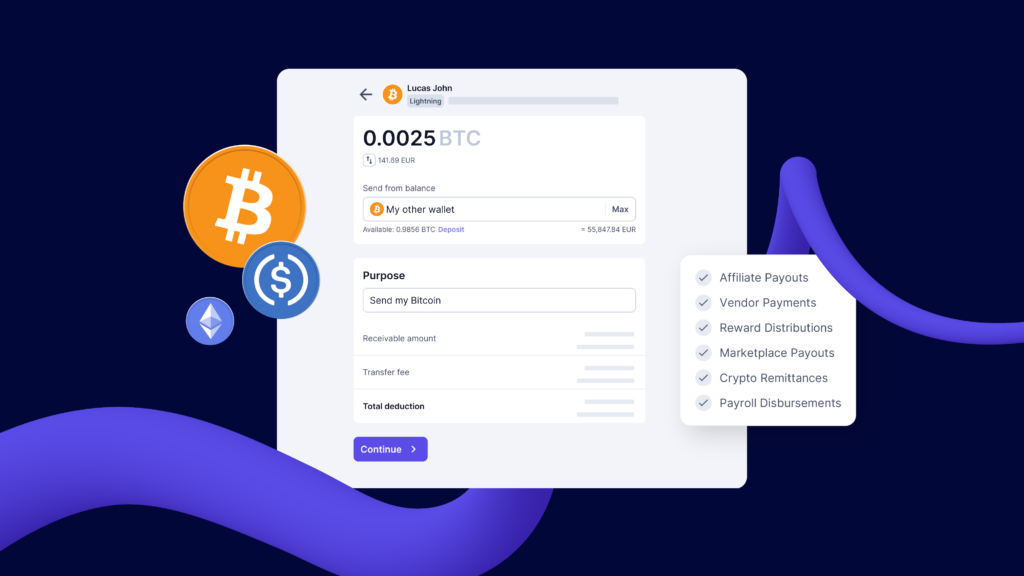How Businesses Are Integrating Crypto Payments
The idea of paying with Bitcoin or other cryptocurrencies used to sound futuristic. Today, it’s quietly becoming normal. From e-commerce to real estate, businesses are exploring crypto payments to reach global audiences, cut transaction fees, and modernize their brand image.
E-commerce and Retail Adoption
Major online platforms like Shopify, WooCommerce, and Magento now support crypto payment plugins through services such as BitPay and Coinbase Commerce. This allows merchants to accept Bitcoin, Ethereum, and even stablecoins like USDC — with instant conversion to fiat if they want to avoid price volatility.
Luxury brands and tech retailers are also joining in. Gucci, Tesla, and Newegg have all experimented with direct crypto payments, appealing to younger, tech-savvy consumers.
Cross-Border and B2B Transactions
Crypto’s borderless nature is a huge draw for international businesses. Traditional cross-border payments can take days and cost up to 6–10% in fees. Crypto payments, on the other hand, are faster and often cheaper.
For example, blockchain-based settlements allow small exporters or freelancers to get paid in stablecoins within minutes instead of waiting on slow SWIFT transfers.
Payment Processors and Fintech Integration
Fintech firms are helping bridge the gap between crypto and traditional finance. Companies like PayPal and Revolut now let users buy, hold, and spend crypto — integrating blockchain without needing deep technical know-how.
Similarly, Visa and Mastercard have rolled out crypto-linked debit cards, letting users spend their digital assets anywhere without businesses having to directly accept crypto.
Barriers That Still Slow Mass Adoption
While progress is impressive, several major barriers still prevent crypto payments from going fully mainstream.
Regulatory Uncertainty
Businesses still face unclear rules around how crypto payments are taxed, reported, or regulated — especially across borders. Some regions view crypto as property, others as a currency, making accounting complex.
Volatility Concerns
Price swings make some merchants hesitant. Imagine accepting 1 BTC for $60,000 — and a week later it’s worth $50,000. Stablecoins are one solution, but not all consumers use them yet.
User Experience and Education
Crypto payments can still be intimidating for non-technical users. Wallets, seed phrases, and gas fees remain confusing for everyday customers, which limits adoption outside the crypto-native community.
Integration Complexity
For small businesses, setting up crypto payments often means adding extra infrastructure, managing wallet security, and handling conversion — all of which require resources and trust in third-party providers.
The Path Forward
For crypto payments to become truly mainstream, the industry needs better education, clearer regulations, and smoother user experiences.
As stablecoins grow, Layer-2 networks like Lightning and Base mature, and payment processors continue to simplify the process, crypto could quietly become a standard option — much like PayPal or Apple Pay once did.
Businesses that adopt early not only gain a marketing edge but also position themselves for the next evolution of global commerce.
Final Thoughts
Crypto payments are no longer a futuristic dream — they’re an emerging reality. The momentum is undeniable, but the ecosystem still needs time to mature. With the right mix of technology, trust, and regulation, crypto could soon become just another everyday way to pay.

